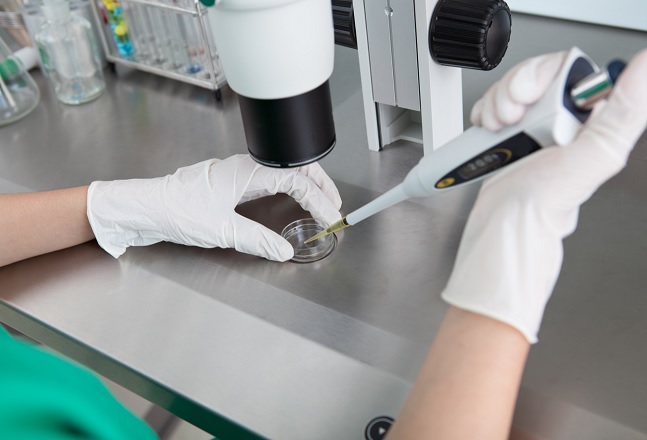Should You Worry About Risks?
Ever since the first “test tube baby,” Louise Brown, was born 36 years ago, people have wondered if assisted reproductive technology, or ART, increases the risk of birth defects. There have been many studies done in the 30+ years since IVF, IUI and other procedures like ICSI began to be performed. The vast majority of babies born from ART are healthy, as Louise Brown is.

The question keeps arising because it has been almost impossible to carry out a truly definitive study on whether any increase in birth defects is due to ART procedures or to the underlying cause of the patients’ infertility, both male and female. Recent studies provide more information so you can be aware of the risks compared to natural conception. But in any event, the risk is very small.
Birth Defects in Children Conceived Naturally
Unfortunately, birth defects can happen even when a couple is young and fertile. Couples who have never struggled with infertility have a 3-5 percent risk of birth defects and a 1-2 percent risk of developmental delays. Birth defects can be genetic, due to environmental factors, associated with lifestyle choices like smoking, drug and alcohol use, or be caused by medications, environmental toxins, or infections. Sometimes the exact cause of a birth defect is unknown.When the mother is 35 years of age or older the risk of birth defects increases, whether ART is utilized or not. This complicates the research picture since many women who have fertility treatment like IUI or IVF are 35 or older.
Birth Defects in Children Conceived by Fertility Treatment
Recent studies have found that couples using assisted reproductive technology have an increased risk of birth defects compared to those who are fertile. However, studies that have compared infertile couples who use ART with infertile couples who conceive naturally (without treatment, spontaneously) have shown little difference in the presence of birth defects. Reproductive endocrinologists generally agree that more studies are needed, but that the risk of birth defects may be related to genetic background and infertility.The only apparent exception is the use of ICSI, intracytoplasmic sperm injection. ICSI is performed when the male’s sperm count is low, if the sperm are abnormally shaped and cannot penetrate the egg, or other sperm-related factors are present. ICSI is associated with a very slight increase in chromosomal abnormalities and birth defects.The good news is, the odds are great that you will have a healthy baby if you become pregnant from ART. For people who want to have a family and are having trouble, that’s the best news of all.
 The question keeps arising because it has been almost impossible to carry out a truly definitive study on whether any increase in birth defects is due to ART procedures or to the underlying cause of the patients’ infertility, both male and female. Recent studies provide more information so you can be aware of the risks compared to natural conception. But in any event, the risk is very small.
The question keeps arising because it has been almost impossible to carry out a truly definitive study on whether any increase in birth defects is due to ART procedures or to the underlying cause of the patients’ infertility, both male and female. Recent studies provide more information so you can be aware of the risks compared to natural conception. But in any event, the risk is very small.


